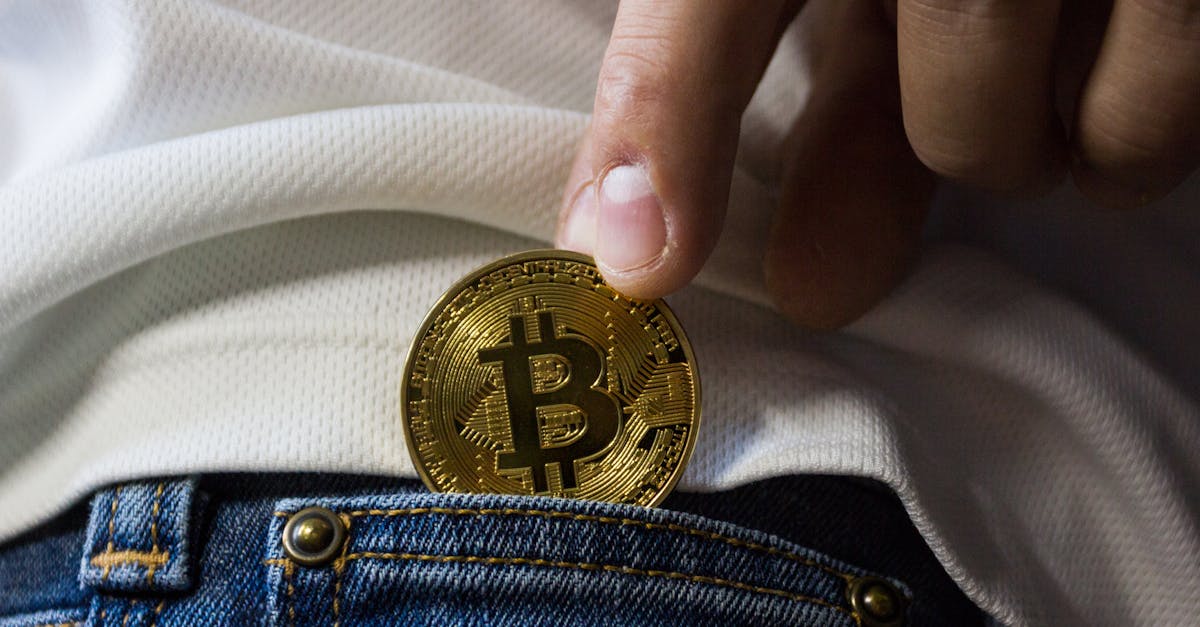Bitcoin is holding its ground, flirting with $114,000 this morning, even as fresh consumer price index data reveals August inflation climbed to 2.9% annually, driven by a 0.4% monthly increase.
This figure significantly outpaced July’s 0.2% monthly rise. The immediate market reaction saw BTC remain remarkably steady, gaining a mere 0.3% in the past day and virtually unchanged in the hour since the Bureau of Labor Statistics released its report.
However, the hotter-than-expected CPI print did put a dent in hopes for a more aggressive Federal Reserve rate cut next week, with the odds of a 50 basis point reduction shrinking notably.

For crypto watchers, that $114,000 level is a significant psychological barrier, especially with BTC ETF flows hitting an 8-week high, signaling sustained institutional interest. The latest BLS report confirmed inflation over the past 12 months increased to 2.9%, a metric pulling further away from the Federal Reserve’s coveted 2% target. This upward creep naturally fuels conversations about the Fed’s stance.
While it hasn’t completely dashed expectations for a rate cut during next week’s Federal Open Markets Committee meeting, it’s certainly making the prospect of a larger 50 basis point cut less likely, a point echoed across trading desks.
Now, here’s where it gets interesting. we’ve covered enough of these inflation prints to know that the immediate knee-jerk reaction often tells only half the story.
But dig deeper into the numbers, and you see how quickly sentiment can shift, even if the crypto market itself remains surprisingly resilient today.
See also: BTCUSD Bitcoin Price Prediction for Week 25
Yesterday, after a cooler-than-expected producers price index print briefly boosted spirits, 12% of investors were still banking on the FOMC enacting a 50 basis point cut in September, according to the CME FedWatch Tool.
But today, in the mere hour following the new CPI data, that segment swiftly shrunk to just 9% of investors. This is a clear, immediate recalibration of expectations.
Interestingly, users on Myriad, a prediction market owned by Decrypt’s parent company Dastan, were slightly more optimistic, or perhaps just more aligned with a moderate cut: 84% of users there currently believe the FOMC will cut by 25 basis points, with 12% still holding out for a 50 basis point cut.
A smaller faction, 2.8%, wagers the Fed leaves rates unchanged, and a scant 1.4% even thinks the Fed will increase rates.
Singapore-based crypto trading firm QCP Capital weighed in, telling us any volatility from this consumer price index print will be short-lived. “On the macro side, PPI generally leads CPI by 3–6 months,” they observed.
“While yesterday’s PPI print could suggest inflation pressures may ease further down the line, the market reaction was muted—we did not see DXY break lower or expectations for 2025–2026 rate cuts increase.”
That mention of the DXY is important. The U.S. Dollar Index, which measures the dollar’s value against a basket of major currencies, is a critical barometer.
After yesterday’s softer-than-expected PPI print showed a 0.1% fall in August, the DXY briefly touched 97.66 before recovering to 97.80. At the time of writing, it has slipped again to 97.69, showing a minor weakening of the dollar against this inflation backdrop. It’s a subtle movement, but it tells you the market is still very much processing these macro signals.
QCP Capital underscored this, adding that “The more decisive event remains September’s FOMC, where the discussion on the pace of future rate cuts will likely be the key driver for asset classes.” This isn’t just a U.S. story, either.
Across the pond, the European Central Bank announced this morning that it’s holding interest rates steady. Their rationale? “Inflation is currently at around the 2% medium-term target and the Governing Council’s assessment of the inflation outlook is broadly unchanged.”
Mark Wall, chief European Economist at Deutsche Bank, echoed this sentiment in a note shared, expects the ECB to stay the course for a while. “That could have dovish ramifications for monetary policy,” he noted, highlighting the succinctness of the ECB’s statement.
So, what’s our read on all of this? Bitcoin’s resilience in the face of a hotter CPI print today is a testament to its current narrative, likely buoyed by those strong ETF inflows.
It seems that while macro data like inflation still impacts broader market sentiment and Fed expectations, BTC isn’t necessarily crumbling at the first sign of trouble.
Analysts at crypto exchange Bitunix have been flagging that tariffs and food prices continue to be sources of pressure, with service-sector inflation also showing signs of rebounding. These are all existing observations, factors currently in play.
The big takeaway is that the crypto market, particularly BTC, is developing a thicker skin against individual data points, but the overarching shadow of central bank policy, particularly from the Fed, always looms large. The discussion around the pace of future rate cuts, not just the initial move, remains the critical variable we’re watching.
Discover more from Dipprofit
Subscribe to get the latest posts sent to your email.



